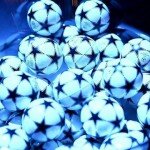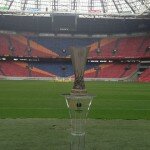2 of 6
Landon Donovan Is Still An Integral Part of the Team

Jerry Lai - USATODAY Sports
There were questions about Donovan and his future with the national team after his long and self-imposed hiatus, but most of those questions have been answered following the Gold Cup. Donovan was the best player in the tournament and also played some of his best soccer during his career with the national team, showing that he’s equally adept at scoring goals and setting up teammates for goals. If Donovan wants to be a part of the team for the remainder of 2014 World Cup Qualifying and for the 2014 World Cup next summer in Brazil, he will be. After his performance in the Gold Cup, there should be no doubt that Donovan is still an important part of the team, and he could really elevate the team’s performance next summer.





















